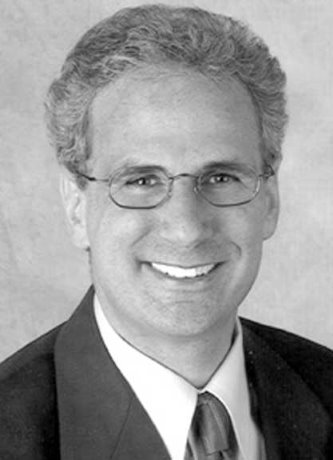Successful small business owners have a good handle on control and understanding of their business planning needs. However, the business plan may be vulnerable to hidden traps, that may not have been considered, which could impact on their personal financial picture.
Investment Corner
By Ralph Umansky,
CFP
Successful small business owners have a good handle on control and understanding of their business planning needs. However, the business plan may be vulnerable to hidden traps, that may not have been considered, which could impact on their personal financial picture.
We are in the age of business accountability. Owners and directors are being found personally liable for issues that arise in their business due to the actions of others, even for what may seem frivolous reasons.
Changing, more stringent rules and regulations involving governance, privacy legislation, workplace health and safety, employment standards and human rights issues, etc., lay added responsibility on owners and managers of all business types and sizes.
Conditions of business can change with lightning speed. All the hard work and planning owners/managers have done can be jeopardized by uncontrollable, maximum risk events.
Errors and omissions, professional liability and other insurance coverage, usually have financial exposure limits and numerous exclusions, which can all add hidden vulnerability. This can have a domino effect on their personal financial picture.
Small business owners and self-employed individuals sometimes claim to be too busy to develop a personal planning strategy or perhaps these plans are not in writing. Their personal financial planning should, because of the added risks, recognize and incorporate higher degrees of creditor protection strategies than what may currently be in place. This could help control the impact of business circumstances on personal finances.
These and other risk management strategies are part of the ongoing dialogue with a qualified financial planner.
Both business and personal planning involves the services of professionals—lawyers, accountants, bankers, qualified financial planners, investment and insurance brokers.
The problem is that needed information is collected separately and not always shared in a “team” advisory approach. Business owners approach their professional advisers on an individual basis and may not share the complete financial planning picture.
People sometimes confuse financial planning with simply investment planning. Through the diagnostic nature of the holistic financial planning process (offered by a qualified financial planner) the goals and objectives, concerns and risks can be identified, quantified and prioritized.
Therefore, the intersection of personal and business financial planning needs can be addressed more clearly and completely. This would allow the other professionals involved to offer better advice relative to changing personal and business needs.
Steps in the process
Proactive planning, contingency planning and ongoing review helps to keep better focus on goals and considers risks that could prevent you from realizing those goals.
Here are the steps in the financial planning process:
1. Determine and prioritize goals and objectives.
2. Gather and analyze personal and financial data. Apply objective and reasonable assumptions relative to circumstances.
3. Identify financial issues and risks affecting preand post-retirement goals. Where appropriate, consult with other professionals (e.g. accountant or lawyer).
4. Prepare written alternatives and recommendations and help in the choice of suitable solutions.
5. Provide assistance to implement the plan.
6. Review plan regularly (in an agreed upon timeframe) to adapt to changing circumstances.
There are many important questions one should consider and review for business and personal planning, including: Is your business safe? Have you taken steps to protect the health of your business? If something happens to you or key personnel, what happens to your business? What is your exit strategy? Are your family and personal assets adequately protected? Specific advice should be obtained from the appropriate professionals.
Take action now to begin or review your holistic financial plan to uncover and repair the weaknesses that can hurt you and your business.
Ralph Umansky is a Certified Financial Planner, Independent Insurance Broker and Investment Strategist. He is president of BestPlan Financial Strategies Inc. Richmond Hill, Ont. Umansky is also the author of Maximizing your Wealth, Minimizing your Risk—Protect your life, your family, your business. ralphu@bestplanadvisors.com or www.bestplanadvisors.com











Recent Comments
comments for this post are closed